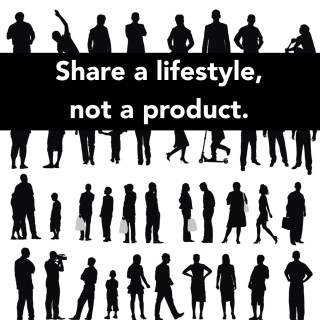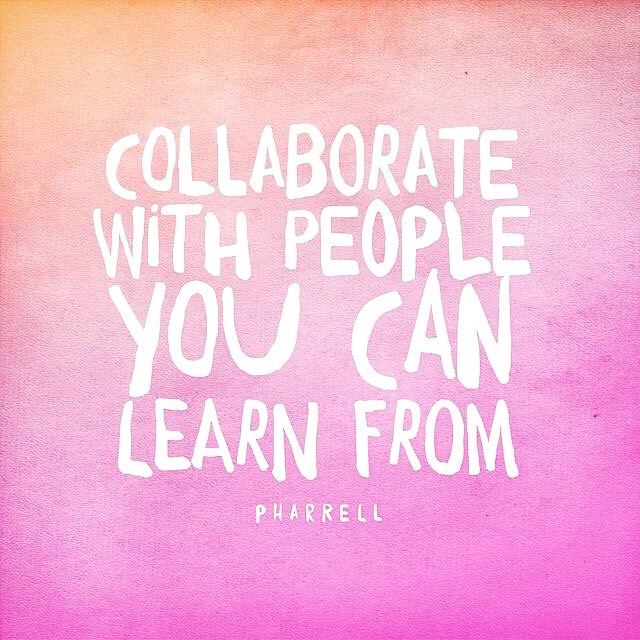We tend to go through life amid a continual buzz that productivity brings – endless email, phone calls and deadlines. And although this productivity fuels our life, it is also important to drown out the distractions, and focus on the importance of listening.
 To most of us, listening seems like common sense. Don’t we all listen? The answer is no. In fact, I myself have spent the last 20 years hearing people, rather than really listening. Only recently have I truly understood the difference.
To most of us, listening seems like common sense. Don’t we all listen? The answer is no. In fact, I myself have spent the last 20 years hearing people, rather than really listening. Only recently have I truly understood the difference.
My limited years of life experience may have rendered this realization obvious or trivial to others, but for my generation of millenials, this art is lost. As a generation of young people dependent on constant communication, we search for instant gratification and quick conversations to fill our days. I have found that recently as I focus on this idea, I have learned more about my friends and family, and even more about myself.
Stepping back and sincerely listening to what others are saying allows you to understand their point of view, interpret the problem better, and solve the problem more efficiently. Listening and having empathy towards others is something that is highly overlooked in the business world, and when implemented can really give you and your business an edge in a competitive market. In the marketing world, where client relationships make or break a deal, listening to your clients’ wants and needs is necessary to get the job done correctly.
So remember to take a step back, especially during this hectic holiday season, and listen to the people closest to you. Listen to your clients to better understand their goals and how they want to achieve them. Listen to your family and friends to understand their emotions and help problem solve. But most importantly, listen to yourself. Dedicate time daily to thinking about your happiness, goals and aspirations and listen to what your mind and body are telling you.
“When people talk, listen completely. Most people never listen.” –Ernest Hemingway













